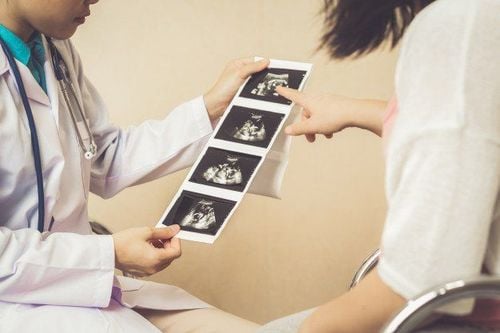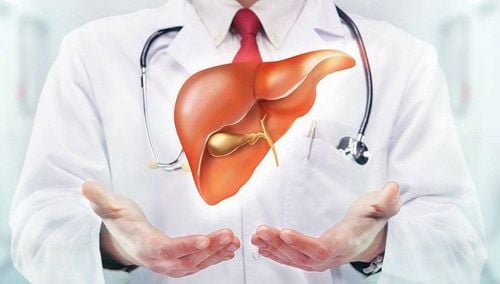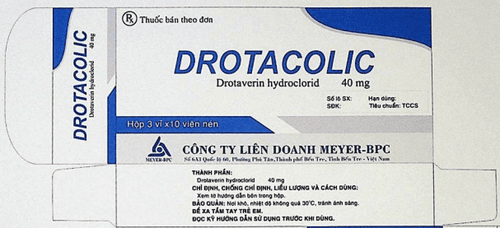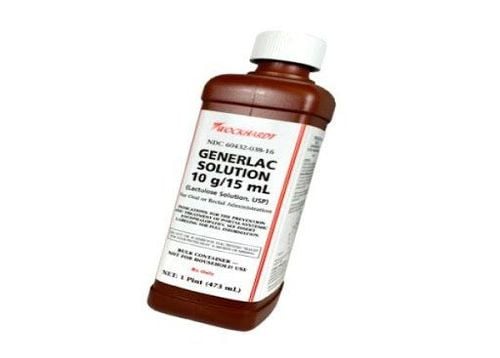This is an automatically translated article.
The article is professionally consulted by Master, Resident Doctor, Specialist I Trinh Le Hong Minh - Department of Diagnostic Imaging - Vinmec Central Park International General Hospital
Currently, ultrasound is considered the leading imaging method in evaluating the gallbladder and biliary tract, especially in young children.
1. Ultrasound of gallbladder disease in children
1.1 Normal anatomy The gallbladder is a small sac, located in the right inferior facial fossa, the gallbladder fossa, extending from near the right end of the portal to the inferior border of the liver. The neck of the gallbladder is located relatively fixed in the major interlobar fissure, between the right lobe and the medial segment on transverse sonography. The hyperechoic main interlobar fissure can be seen between the gallbladder and the right portal vein in many people on sonographic longitudinal view. It is important to recognize the relationship between the gallbladder and the major interlobular branch, especially when there is no fluid in the gallbladder, or the gallbladder is filled with stones or bile sludge. The gallbladder is divided into fundus, trunk, and neck. The widest is the base of the bag, the narrowest is the neck of the gallbladder, which is connected to the cystic duct. The cystic duct and mucosal folds of the neck fold into corrugated valves (also known as Heister valves). There is a small pouch (Hartmann's pouch) protruding into the duodenum in the right wall of the gallbladder, however this small pouch cannot be seen on ultrasound. On ultrasonography, the gallbladder is filled with a negative voiding fluid and is pear-shaped. Gallbladder wall thickness ≤ 3mm, normally hyperechoic and clear. When the sound wave beam is perpendicular to the gallbladder wall, the most accurate measurements are made of the anterior wall on the longitudinal axis. The transducer can cause pseudo-thickening of the gallbladder wall if tilted. Normally, the gallbladder is 8 to 12 cm long. In adults, anteroposterior and transverse diameters measured on the longitudinal axis are ≤ 4 cm.
In children, the normal gallbladder is < 3.5 cm in diameter and < 7.5 cm in length. In a 1-year-old child, the mean transverse diameter is 1 cm, up to 2 cm between the ages of 12 and 16. In children, the normal gallbladder wall thickness is < 3 mm. The normal gallbladder length is < 3 cm (from 1.5 to 3 cm), and the width is < 1 cm in children under 1 year of age.
1.2 Gallbladder Ultrasound Techniques Gallbladder diseases in children are diagnosed through ultrasound. If the patient fasts for 8-12 hours prior to the gallbladder ultrasound, this is the ideal condition for performing the ultrasound. However, the gallbladder can be ultrasounded without the patient fasting in an emergency setting. Usually use 3.5 - 5 MHz fan cheap probe. Scans under the patient's flank in the supine or left posterior position are routine investigations. In the presence of gas-induced bowel obstruction, perform transcostal ultrasonography. In addition, the ultrasound can be performed in the sitting or prone position, the prone position is more commonly used. Using the liver as an ultrasound window, placing the patient in the prone position, scanning above the mid-axillary line in the horizontal or frontal plane. To demonstrate stone mobility, to avoid intestinal gas bubbles, to avoid echogenicity in the superficial gallbladder, place the patient in the prone position. Sometimes gallstones are only visible when the patient is in the prone position.
1.3 Congenital anomalies of the gallbladder Gallbladder aplasia: Unidentified Gallbladder Ultrasound for definitive diagnosis. Ectopic gallbladder: Located behind the left lobe of the liver, in the liver, behind the right lobe, on the liver In rare cases, in the falciform ligament, the small omentum sac, outside of the right liver. Double Gallbladder: Due to its septate or dissecting bicystic structure, rare occurrence of triple or quadruple gallbladders Difficult to definitively diagnose by ultrasound. Multi-walled gallbladder: Multi-walled, the septum crosses two walls, has a honeycomb or honeycomb shape Differential diagnosis with the intraluminal membrane of the gallbladder. Gallbladder diverticulum: The diverticulum protrudes outside the gallbladder or anywhere. Very rarely, a true diverticulum, in adenomas, a pseudo-diversity may occur.
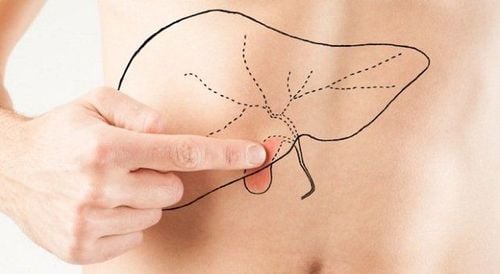
1.4 Abnormalities in the size of the gallbladder in young children Abnormal in size Abnormal when the size is < 1cm in width in young children. 1.5 Gallstones In neonates, congenital abnormalities of the biliary tract, dehydration, infection, hemolytic anemia, short bowel syndrome, parenteral nutrition are often associated with stones. gallbladder . For older children: cystic fibrosis, malabsorption, complete parenteral nutrition, liver disease, Crohn's disease. 1.6 Gallbladder sludge This condition occurs when components in bile precipitate. Prolonged fasting causes cholestasis, biliary obstruction is a risk factor. 1.7 Cholecystitis Acute cholecystitis due to stones
Uncommon in children Cause is cystic duct obstruction due to stones Manifestations: right upper abdominal or epigastric pain, tenderness, jaundice, fever Ultrasound: stones present , gallbladder is large, gallbladder wall is thick, there is fluid around the gallbladder, murphy is ultrasound, there is flow at the bottom of the gallbladder, around the gallbladder occurs fatty infiltration around the bag. Complications : Rarely, including: gas production, necrosis and perforation
Gastric cholecystitis: gas in the lumen or wall of the gallbladder. In cases of necrotizing enterocolitis, gas may appear in the biliary tract and gallbladder Necrotizing cholecystitis: Gallbladder wall parallel to the inner gallbladder membranes, gallbladder wall thickening irregularly or asymmetrically and fluid around the gallbladder. Doppler increased perfusion of fat around the gallbladder Gallbladder perforation: common in the fundus of the gallbladder, this is a complication due to prolonged inflammation and necrotizing cholecystitis. Thick gallbladder wall is poorly echogenic, gallbladder stones, and site of perforation can be detected by ultrasound. Chronic cholecystitis:
Causes may be due to calculous cholecystitis, cystic fibrosis or recurrent episodes of acute cholecystitis Ultrasound: gallbladder shrinks, there is calculus, thickening of the gallbladder wall. diffuse or localized, the gallbladder appeared calcified, did not see Murphy's sign and the presence of blood swelling, no fat infiltration. Non-stone cholecystitis:
Cause: prolonged cholestasis increases the viscosity of bile, causing obstruction of the cystic duct. When organisms invade the lining and walls of the gallbladder, inflammation occurs. Manifestations of fever, right lower quadrant pain, vomiting Ultrasound: gallbladder distended, wall thickened, peri-gallbladder fluid, thickened surrounding fat, increased perfusion of peri-gallbladder wall and gizzard tissue. 1.8 Gallbladder edema This is a disorder characterized by distension of the gallbladder wall without inflammation. Cause: due to fasting or dehydration causing cholestasis, bile duct obstruction due to portal lymphadenitis, vasculitis with secondary anemia In neonates, gallbladder edema is seen in infection, overfeeding, shock, and congestive heart failure. In older children often associated with Kawasaki, typhoid, infection, complete parenteral nutrition. 1.9 Gallbladder torsion This is a rare condition, caused by increased gallbladder motility. Ultrasound: gallbladder distended, gallbladder wall thickened, arteries and cystic duct with torsion marks. 1.10 Gallbladder hyperplasia Gallbladder myoma and cholesterol deposition (cholesterolosis) due to hyperplasia of the endothelium, thickening of muscle, and formation of diverticula.
Ultrasound: Diffuse or localized thickening of the gallbladder wall, diverticula appear in the gallbladder lumen, bile fluid, sludge or cholesterol crystals or stones may be present in the diverticulum.
Cholesterol deposition: caused by abnormal accumulation of triglycerides and cholesterol esters in the mucosa and submucosa of the gallbladder, forming polyps
Ultrasound: the gallbladder wall is not thick, cholesterol polyps are small ileal masses. The sound is thick, not dorsal, not mobile, protruding into the gallbladder lumen.
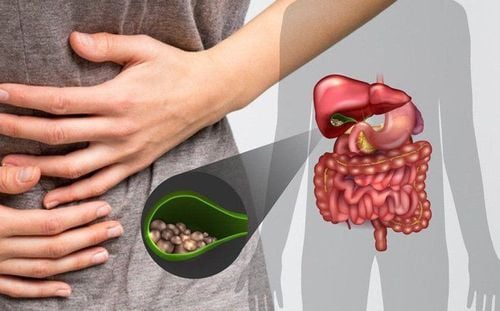
2. Ultrasound of hepatobiliary disease in children
2.1 Normal Anatomy Bile ducts include the intrahepatic, common, and common bile ducts The bile ducts pass from the periphery to the hilum, where they join to form the left and right hepatic ducts. caused by the fusion of the left and right hepatic ducts. Then, it fuses with the cystic duct to form the common bile duct. The common bile duct along with the pancreatic duct returns to the ampulla of Vater Measured on ultrasound: For infants, the diameter of the common bile duct is < 1mm. For young children, the diameter of the duct is common bile duct < 3 mm For children aged 1-10 years, the diameter of the common bile duct is < 4 mm For children over 10 years of age, the diameter of the common bile duct is < 6 mm. 2.2 Hepatobiliary diseases in young children Cholestatic disease A common indication in ultrasound is jaundice For newborns: Common causes are: biliary atrophy, hepatitis, common bile duct cysts. Rare: solid biliary syndrome, perforation of extrahepatic biliary tract For older children: Common cause is hepatocellular disease (hepatitis or cirrhosis) Rare cause: cholangitis, biliary obstruction (cystic duct) choledochal cyst, neoplasm, lymphoma, calculi, neuroblastoma). Bile duct atrophy and hepatitis in neonates Conjugated bilirubin elevation Biliary atrophy: Occurs in 1/16000 newborns The cause is unknown. Possibly due to vascular injury or inflammation affecting hilar remodeling with persistence of fetal biliary tract Hepatitis in neonate: Nonspecific inflammation secondary to infection, metabolic defect The cause is thought to be an inflammatory process in the uterus. Common bile duct cyst Caused by congenital dilation of the common bile duct associated with biliary atrophy Manifestations: jaundice, abdominal pain, abdominal mass Ultrasound: appearance of fluid-filled mass, well-defined portal space , continuous with the extrahepatic biliary tract, separate from the gallbladder, the common bile duct cyst protrudes into the duodenal wall, the intrahepatic bile duct may be dilated. Caroli's disease This is a dilated intrahepatic biliary tract disease Consists of two forms: Dilated intrahepatic cholangiocarcinoma, cholangitis or possibly gallstones, without cirrhosis and portal hypertension Cirrhosis and congenital portal hypertension related to the 2nd type. Related to cystic kidney disease including renal medullary cysts and corticospinal junction Ultrasound: Detects multiple tubular and cystic structures Dilated bile ducts convex from the septum, thick echo band; echogenic dot in the dilated duct formed by a small vascular band Detects arterial flow in a colored doppler shunt The extrahepatic bile duct may be normal, narrow, or associated with a biliary cyst Kidney may be present cysts with: large size and thick and bright echogenic renal medulla.
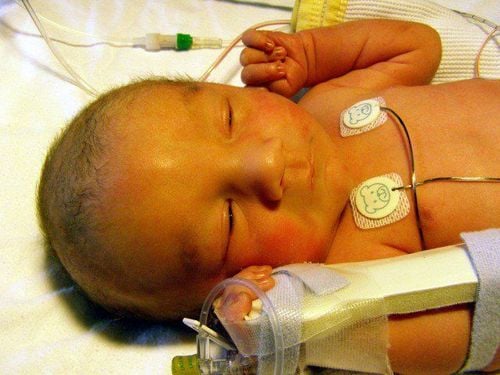
Spontaneous perforation of extrahepatic biliary tract Caused by jaundice, abdominal fluid Unspecified cause: May be due to weakened biliary wall, posterior dilatation, narrowing, stones, solid bile, or Congenital Weak bile duct wall will dilate and rupture creating peritoneal fluid or bile ducts (biloma), when the biliary pressure increases The junction of the bile duct into the common bile duct is a common site; More rarely, the common bile duct, the gallbladder, the junction between the cystic duct and the gallbladder. Manifestations: Cholangitis in children usually manifests in the first 3 months Mild jaundice, abdominal distension, peritoneal fluid Increased bilirubin concentration Normal liver function. Ultrasound: the biliary tree is not dilated, there is peritoneal fluid or localized fluid in the portal space, gallstones and common bile duct stones can be seen. Solid biliary syndrome Due to bile sludge causing extrahepatic biliary obstruction Liver anatomy is not abnormal Full-term infants are often affected The main causes are hemolysis, parenteral nutrition, gastrointestinal disease and Cystic fibrosis Ultrasound: dilated internal and extrahepatic biliary tract with echogenic bile without dorsal shadowing. Inflammatory diseases of the biliary tract Inflammation of the biliary tree:
Intra- and extrahepatic biliary fibrosis causes biliary cirrhosis, causing chronic cholestasis Common in adolescents and adults Manifestations: patients with jaundice, right lower quadrant pain. Cholestasis is detected through liver function Ultrasound: dilated intrahepatic bile ducts, fibrosis causing thickened walls, biliary stones, thick gallbladder walls Biliary obstruction
Based on images of intrahepatic and extrahepatic biliary dilatation Common causes are neoplasia, portal lymphadenopathy, acute pancreatitis, gallstones, biliary stricture. Gallstones :
Gallstones of common bile ducts cysts of the biliary tract: common in children aged 2-6 years. Most hepatobiliary diseases often have no obvious symptoms at first, so many people are often quite subjective, making the disease worse and worse, severely affecting health, even life. Therefore, to prevent disease progression as well as the risk of other complications, it is necessary to have regular health checkups.
To learn more about the ultrasound method of gallbladder and biliary tract disease in children performed at Vinmec International General Hospital, please book an appointment on the website for service.
Please dial HOTLINE for more information or register for an appointment HERE. Download MyVinmec app to make appointments faster and to manage your bookings easily.






